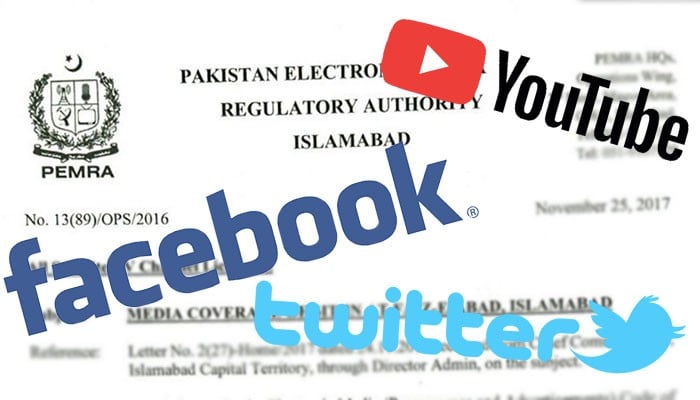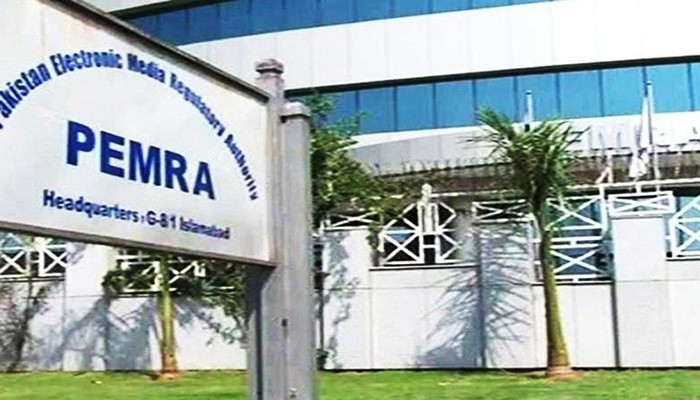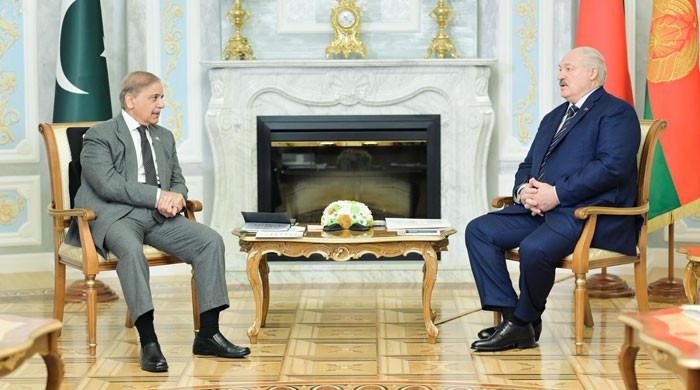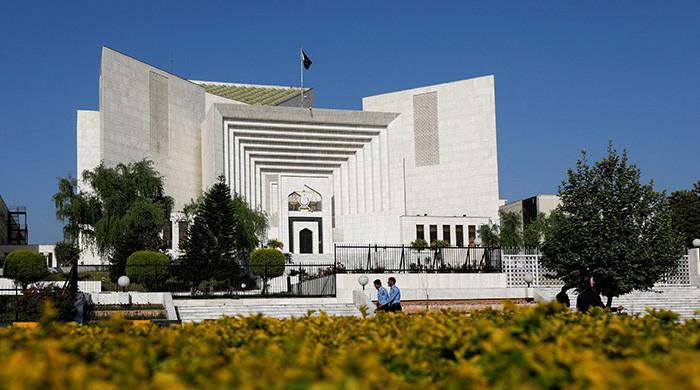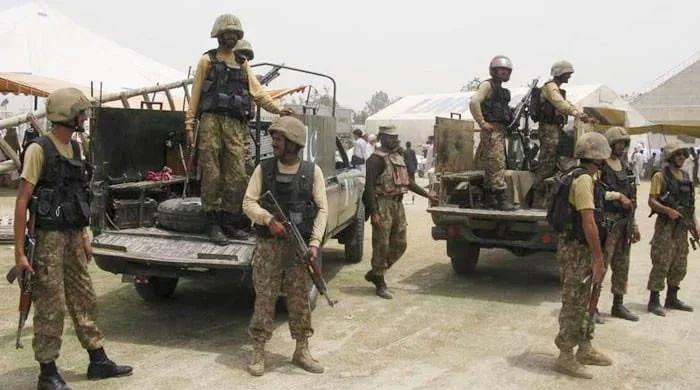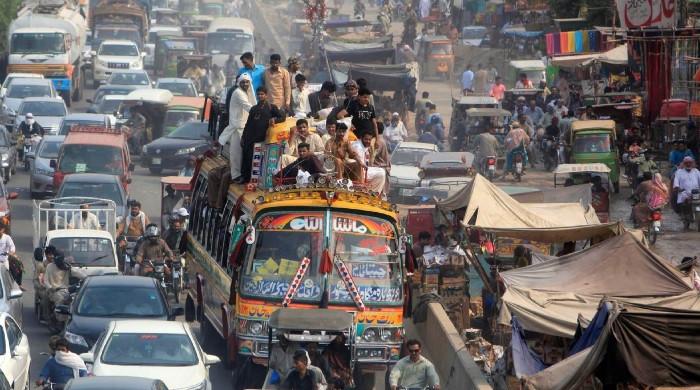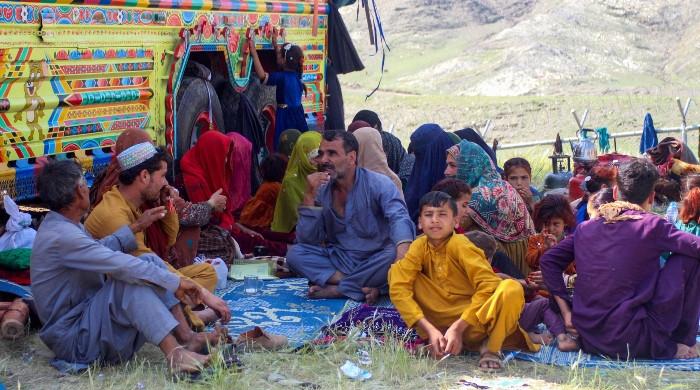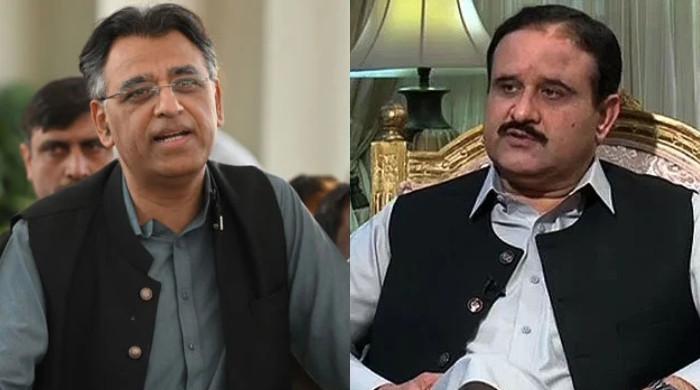The media blackout: How it happened?
Chairman Pemra Absar Alam said 'as a central part of what happened on that day, I don’t think I should speak on this issue at this stage'
November 30, 2017
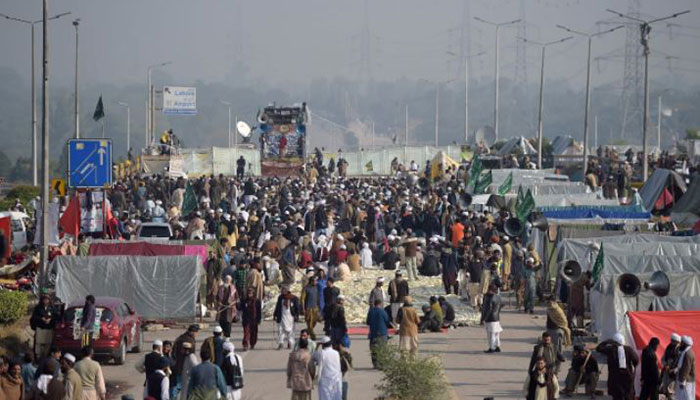
ISLAMABAD: On 7:45am early Saturday, security forces fired the first bullet. It marked the beginning of an operation intended to evacuate the Faizabad Interchange occupied by Tehreek-e-Labbaik. TV channels started flashing the news; some of them amplified tension out of proportion.
A few hours later, the Pemra authorities received a call from an important officer of an important department who doesn’t need any introduction. He demanded the restoration of a channel which was pushed down to 92 number. Pemra refused to oblige.
The channel under question had been busy in provocative coverage since the day the dharna started. Its provocation culminated with the launch of the operation. The acts of Tehreek-e-Labbaik were being glorified as soldier of Islam and the police were portrayed as agents of repressive regime crushing the defenders of the faith.
The policemen scuffling with the protesters were encircled in video footage, which was being played with background anthem to portray as if there was a battle between Muslims and non-Muslims. Repeated warnings by Pemra failed to discipline the channel, which was eventually pushed down on cable in order to downplay its objectionable coverage.
The officer nevertheless insisted on restoration of the channel back to its previous position which was straightforwardly refused. The officer then came up with a new suggestion: If that channel can’t be allowed to reach to its audience then there must be a complete media blackout. This demand was again turned down. The conversation dropped at this point.
Hardly half an hour later, the Pemra authorities received another call. This time, the caller was a minister who echoed the line the officer had already taken as a solution: the complete shutdown. It was explained that the government and the important department were in agreement on media blackout and the Pemra was obliged to fulfil the directions.
Finally, the screens turned blank when Article five of Pemra Ordinance was invoked which reads: “The Federal Government may, as and when it considers necessary, issue directives to the Authority on matters of policy, and such directives shall be binding on Authority, and if a question arises whether any matter is a matter of policy or not, the decision of Federal Government shall be final.”
The decision was hailed and condemned alike. The critics argued that media was fueling fire in the riot-prone environment and needed a blackout for a brief period. The journalist community castigated the government for this 'shameful' act, not knowing how the proposal from the important officer turned into a policy decision.
The channels were restored after 26 hours. Who pushed for restoration remained as much disputed as the fact that who had initiated efforts for the closure. Initial reports suggested that Prime Minister Shahid Khaqan Abbasi ordered restoration on the strong recommendation of Army Chief Gen Qamar Javed Bajwa after the latter’s meeting with him. The cabinet members tried to credit the prime minister for this decision.
The News approached Chairman Pemra Absar Alam for his version. He tried to sidestep each time he was asked to either confirm or deny the above-mentioned account of happenings. He was then sent a text message that he responded by respecting this correspondent’s right to ask questions and his right not to answer.
“As a citizen, as Chairman Pemra and as a journalist, I have answers to each of these questions you asked. I respect your right as a journalist to ask questions from the head of a public sector organization. However, as a central part of what happened on that day, I don’t think I should speak on this issue at this stage,” he noted.
Originally published in The News
